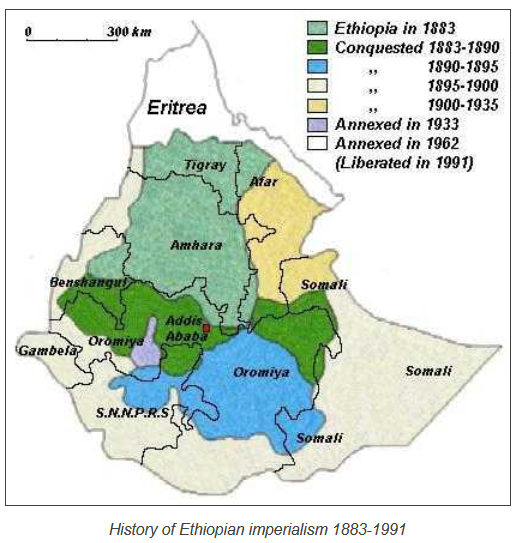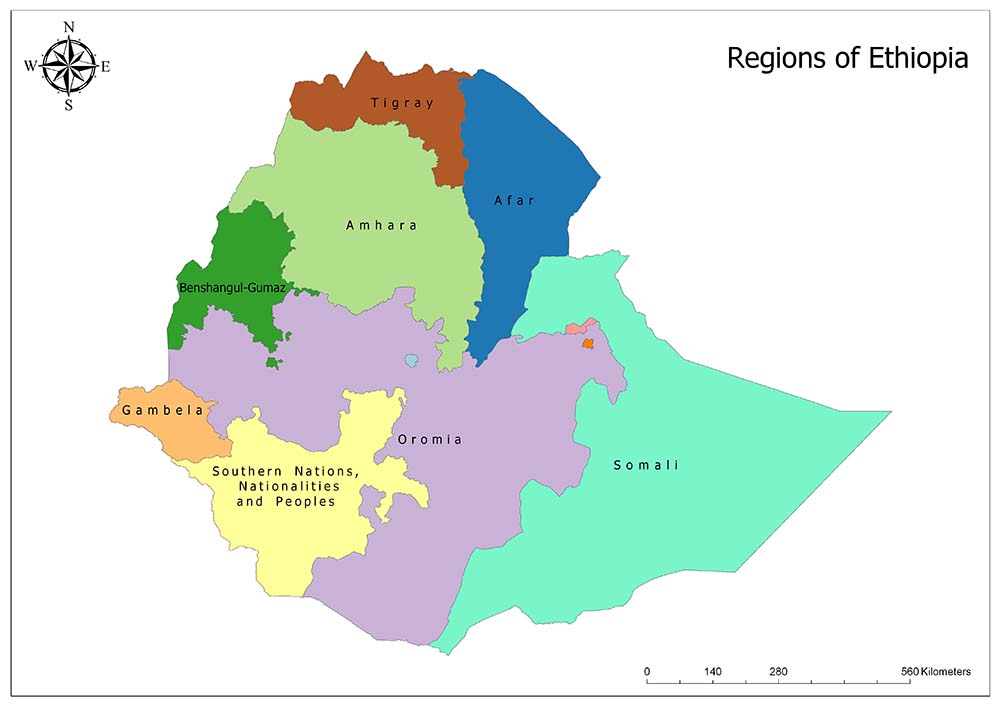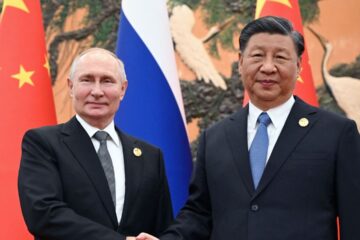ETHIOPIA, ERITREA and the TIGRAY war
What you want to understand: 🤔
- What was Ethiopia’s position during the Cold War?
- How was Eritrea absorbed by Ethiopia in 1952-1962 and how did it get its independence?
- How have relations evolved between Ethiopia and Eritrea since the independence in 1993?
- What sparked the Tigray War in 2020 and what have been the consequences?
- Is the security situation stabilised now in Ethiopia? (short answer: no)
I. General historic information
Before WWI, Ethiopia was, along with Liberia, the only independent country in Africa.
It joined the League of Nations in 1923 but got annexed by Mussolini’s Italy between 1935 and 1941.
After this period, the Ethiopian emperor, Hailé Sélassié, sought an opening on the Red Sea and thus coveted Eritrea that was occupied by the United Kingdom at that time.

In 1952, with the UN’s approval, Ethiopia absorbed Eritrea and gave it an autonomous status within its federation. However, Hailé Sélassié abolished this status in 1962 and fully annexed Eritrea. As a consequence, Eritrean secessionist movements became more virulent, which incited Ethiopia to implement martial law.

II. Two coups in Ethiopia in 1974 and 1991
An Marxist military organisation named the Derg overthrew Emperor Hailé Sélassié in 1974. Therefore, Ethiopia fell under the Soviet sphere of influence. Mengistu then became Ethiopia’s ruler and established a dictatorship that repressed any form of contestation both in Ethiopia and in Eritrea.

In 1984 and 1985, low precipitations and fighting caused a famine that killed about 500 000 people.
In 1989, the Tigray People’s Liberation Front (TPLF) and Eritrean secessionists joined forces to form the Ethiopian People’s Revolutionary Democratic Front. Under the leadership of Meles Zenawi, they launched a guerrilla, supported by the US, and eventually toppled Mengistu’s communist regime in 1991.

III. The 1998-2000 war between Ethiopia and Eritrea
Eritrea then obtained its independence in 1993 under the leadership of Isaias Afwerki. However, the peace with Ethiopia didn’t last long as territorial disputes triggered a war in 1998. This conflict lasted until the 2000-peace agreement, which only implemented minor territorial changes in deserted areas. The war displaced 600 000 people and killed 80 000 others. Despite the peace agreement, diplomatic relations were not restored.

IV. Current situation in Eritrea
In Eritrea, Isaias Afwerki has established an authoritarian regime with a unique party that restricts most basic rights and liberties under the justification that Ethiopia remains a threat to the country’s sovereignty. Isaias Afwerki is still to this day the ruler in Eritrea.

V. The 2020-2022 Tigray War in Ethiopia
Ethiopia was since the 1991 coup and until 2018 an authoritarian government led by Tigrayan people, an ethnic minority representing 6% of the population. Other ethnic groups were:
- The Oromo = 35%
- The Amhara = 26%
- The Somali = 6%
In 2018, Abiy Ahmed, from the Oromo ethnic group, became Prime Minister. He implemented democratic reforms, freed political prisoners and gave the city of Badmé to Eritrea as a gesture of good will to restore diplomatic relations. That’s why he received the Nobel Peace Prize in 2019.

He also decided to reform Ethiopia’s ethno-centred political system but actually weakened the position of the Tigray People’s Liberation Front (TPLF). As a matter of fact, Ethiopia is an ethnic federal regime in which each ethnic group has a region of its own. This model was established when Tigrayan were in power between 1991 and 2018. However, Abiy Ahmed wants to create a more centralised and pan-Ethiopian regime, which logically creates tensions between Addis Ababa and its peripheries.

The Tigray War opposed the governments of Ethiopia and Eritrea to the TPLF. The latter wanted to secede from Ethiopia and as of 2020 started launching attacks against Ethiopian military stations in the Tigray region. As government forces eventually managed to regain control over the secessionist region, the war ended in November 2022 with the Pretoria peace agreement. Nevertheless, some militias (like the Fano faction belonging to the Amhara community) and the State of Eritrea saw this peace agreement as a betrayal and refused to withdraw from combat zones in Tigray.

The conflict killed between 385 000 and 600 000 people. As a matter of fact, crimes against humanity, war crimes and rapes were described as daily occurrences. Besides, the war created a humanitarian crisis amplified by a widespread famine that is still going on today.
It is worth noting that Eritrean soldiers have been regularly accused of plundering Tigray and of committing war crimes.
Tensions between the Ethiopian government and Tigray have eased since the end of the conflict. For instance, in March 2023, Abiy Ahmed’s government removed the TPLF from its list of terrorist organisations.
VI. Tensions with the Oromo Liberation Army
The security situation in Ethiopia is far from being stabilised. As a matter of fact, the Oromo Liberation Army (OLA) seeks more autonomy from Addis Ababa. The government has accused it of mass killings against Amhara people (26% of the country’s population) and has thus added it to its list of terrorist organisations. It is worth mentioning that the government fights this group with airstrikes that have caused collateral damages on civilian populations. Currently, both parties are striving to find common grounds and sign a peace agreement similar to the one found at the end of the Tigray War.




2 Comments
SOMALIA: al-Qaeda’s base in Eastern Africa – geopol-trotters · 5 June 2023 at 7:13 am
[…] a Marxist regime. However, in 1974, the USSR shifted its support away from Somalia towards Ethiopia, Somalia’s rival. Eventually, Siad Barre was overthrown in […]
CHINA in AFRICA, a “shared future”? – geopol-trotters · 1 June 2023 at 7:07 am
[…] advanced and without much resources → Ethiopia, Kenya, […]